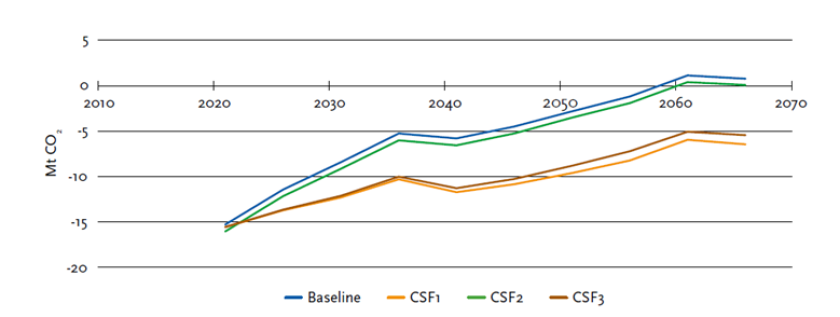
Project
European Forest Resource analysis tools
Since the Second World War European forest resources have expanded greatly, both in terms of area and timber volume. Many countries are now facing an aging forest, with high timber stocks and declining increment and carbon sinks, with a biodiversity being under pressure, while a changing climate calls for active adaptation. At the same time the public and policy makers have increasing and often conflicting expectations of what the forest should deliver in terms of e.g. wood production, biodiversity conservation, carbon sequestration and recreation.
Since 1995, our group is developing tools to project the development of European forest resources under various policy and forest management scenarios, in close cooperation with the European Forest Institute (EFI). The aim of these forest inventory based tools is to provide accurate and to-the-point information concerning European forests, their management and the fulfillment of ecosystem services delivered by the forests under different scenarios. Our models aim to complement national projection models, by giving a consistent and comparable approach for all countries for European-wide projections.
The most important models are EFISCEN and EFISCEN-Space. Both models are empirical and thus rely on national forest inventory (NFI) or similar data for parameterization and initialization. For the EFISCEN model, NFI data are aggregated locally, while EFISCEN-Space requires tree-level information per NFI plot. Both models provide output in terms of timber stock, wood increment, harvest, species composition, carbon stocks and fluxes in biomass and soil. Derived indicators give further information on biodiversity, recreation value, biodiversity and vulnerability to fire and wind.
EFISCEN
The European Forest Information SCENario Model (EFISCEN) is an age-class based matrix model, originally developed for Sweden by Ola Sallnäs in the late 1980s and further developed by EFI and WENR since 1995. NFI data are aggregated by region, species, site class and/or owner to represent the current age-class structure. Due to its flexible structure, the model can be parameterized for all countries in Europe. It provides projections up to 50-60 years at 5-year intervals. The model has been used in many projects to scale up results from local or regional case studies to the European level. Such scenarios are mainly determined by management actions, but the model can also take into account changes in forest area, as well as changes in growth e.g. due to climate change. In the EFSOS II study it was for the first time coupled to a global wood products trade model to study international effects of increased or decreased availability of European resources. More information on the model can be found here.

Figure 1: Carbon balance in living biomass for the Baseline and the CSF scenarios in the Russian district Karelia (Lerink et al., 2020). Positive values are emissions and negative values are removals of CO2.
EFISCEN-Space
EFISCEN-Space is under development since 2006, as a successor of the EFISCEN model. It is a diameter-class model, operating at the stand level with growth driven by environmental datasets with pan-European coverage. This set-up allows handling a wide variety of stand types (also mixed and uneven-aged) and management options, at the level of individual NFI plots, located anywhere in Europe. The state of each plot for every simulation step of one year is expressed as a distribution of number of trees over diameter classes, per species or species group (currently 20 species groups). At the plot level EFISCEN-Space distinguishes the ecological processes of tree growth, tree mortality, tree ingrowth and soil biomass decomposition, and management processes such as tree harvesting and tree planting. The known location (plot coordinates) allows coupling of the modelled processes to exogenous location descriptors in terms of soil, weather and climate. In the future, interactions with processes operating at the landscape level and/or country level will be added, but these are not part of the current version of EFISCEN-Space. EFISCEN-Space is modular, such that depending on the aim of the application and resources available, modules can operate on different levels of detail, or can be excluded if not relevant. Currently the model is applied to 15 countries in Europe that have made their detailed NFI data available for this modelling effort.
The development of EFISCEN-Space model profited from numerous national and international projects including several Framework Programmes from the European Commission as well as the Horizon 2020 grant from Netherlands' Ministry of Research.
Additional funding and co-funding of the EU-projects was received from various projects under the Knowledge Base programmes of the Dutch Ministry of Agriculture, Nature and Food Security.
Model’s manual
Publications
EFSOS
EFSOS II
EFSOS III
